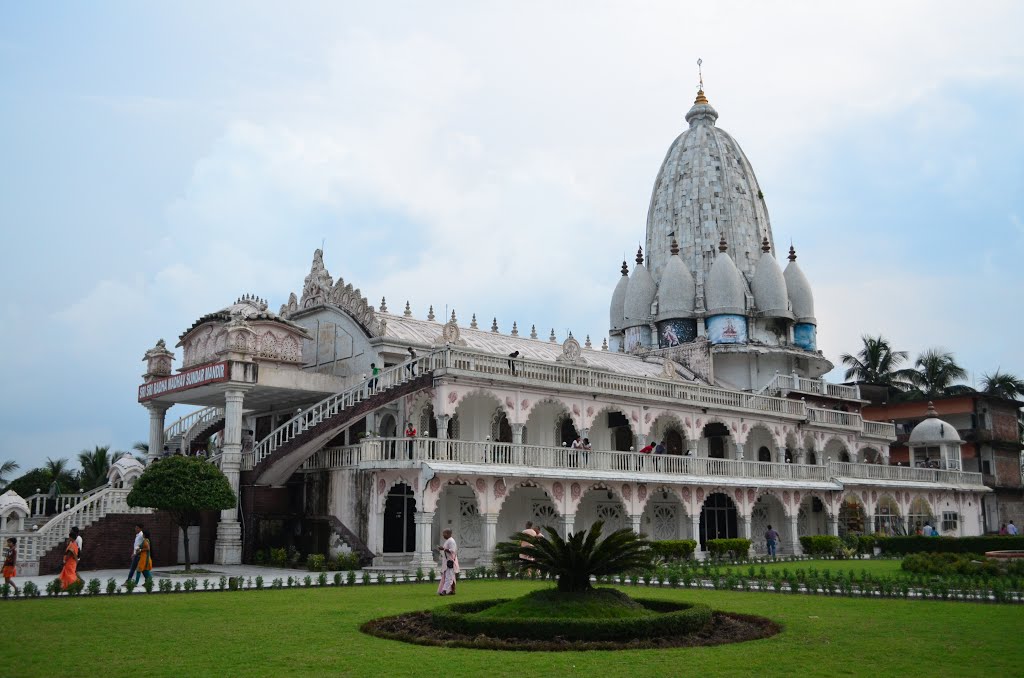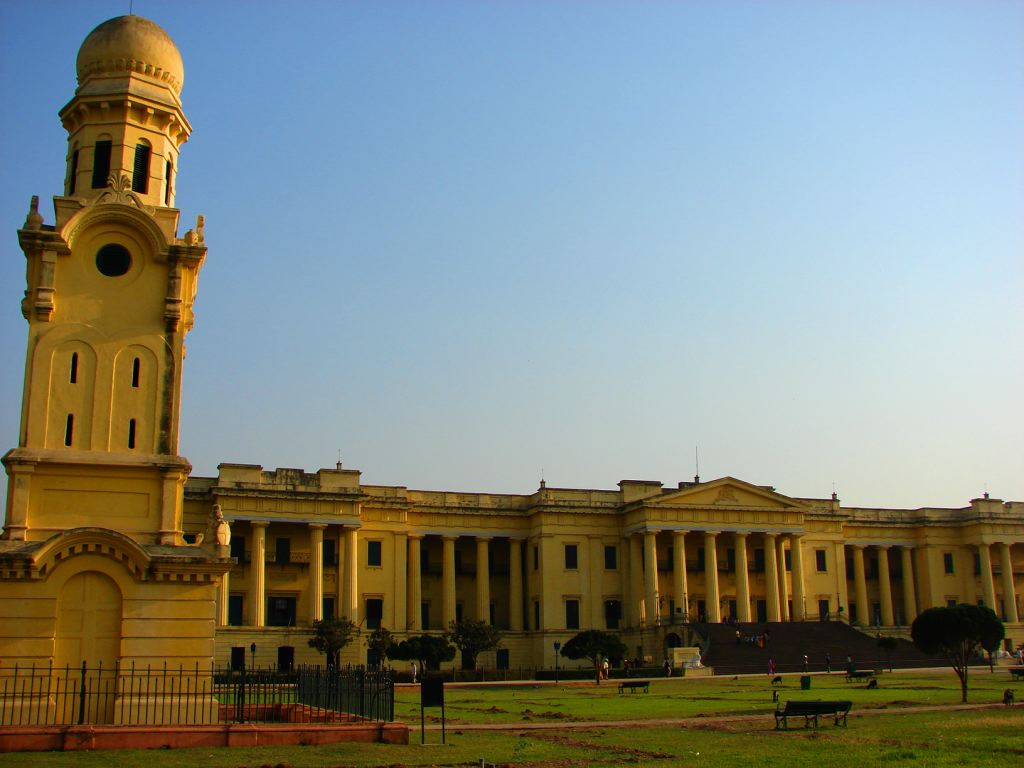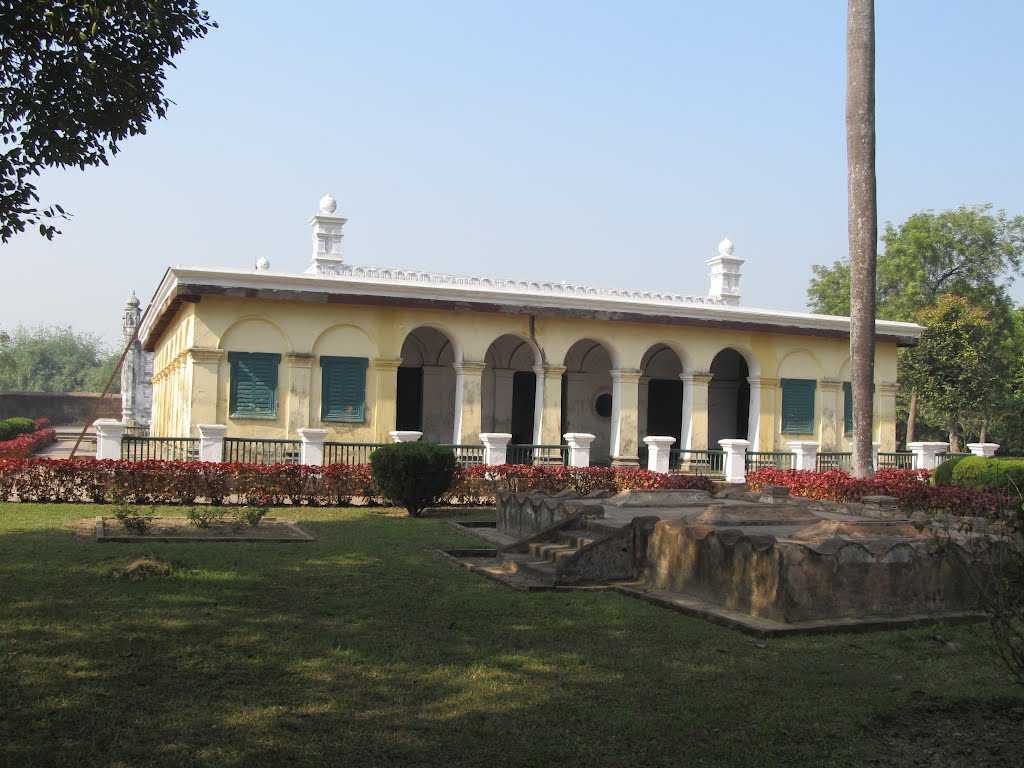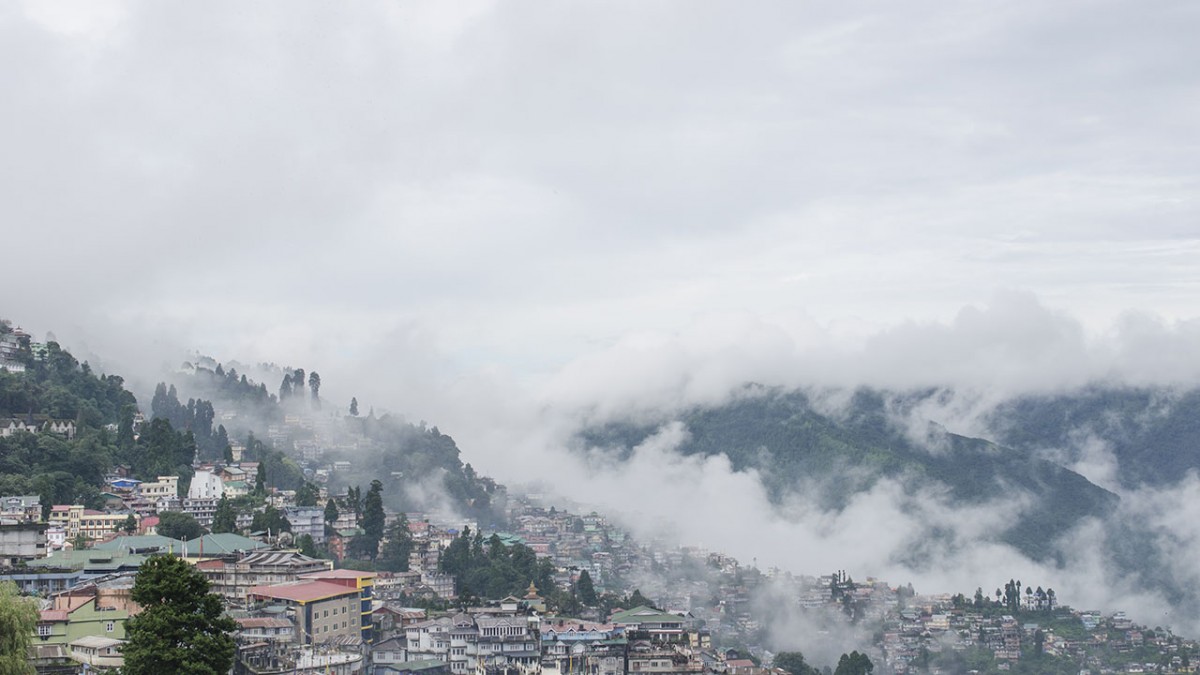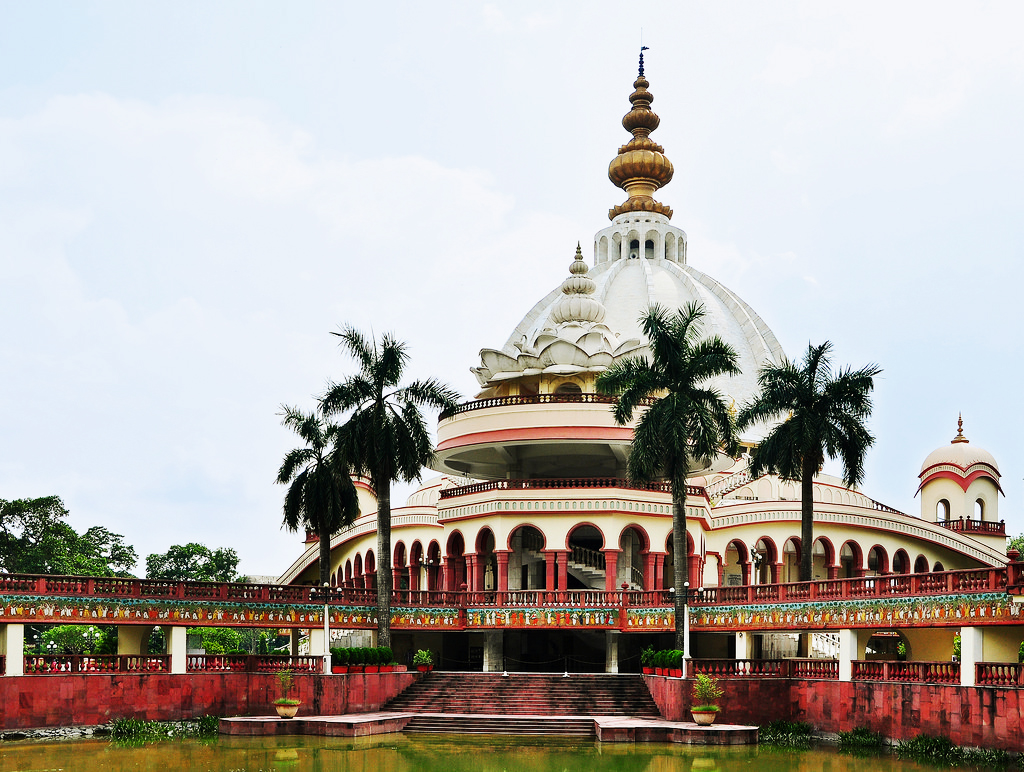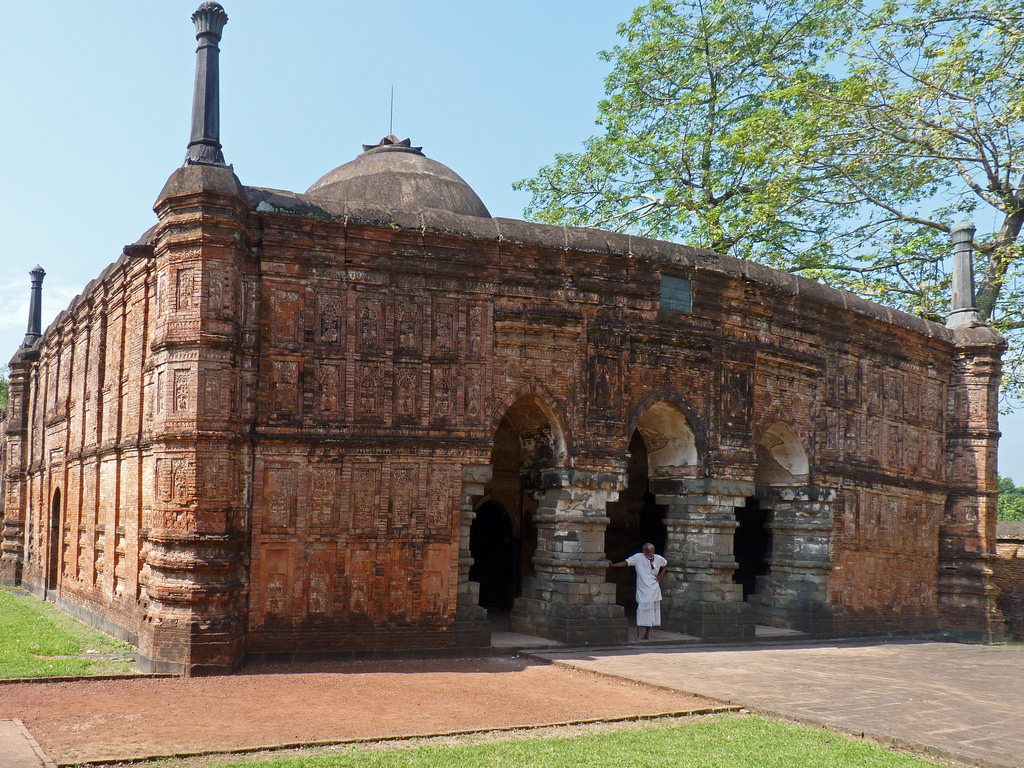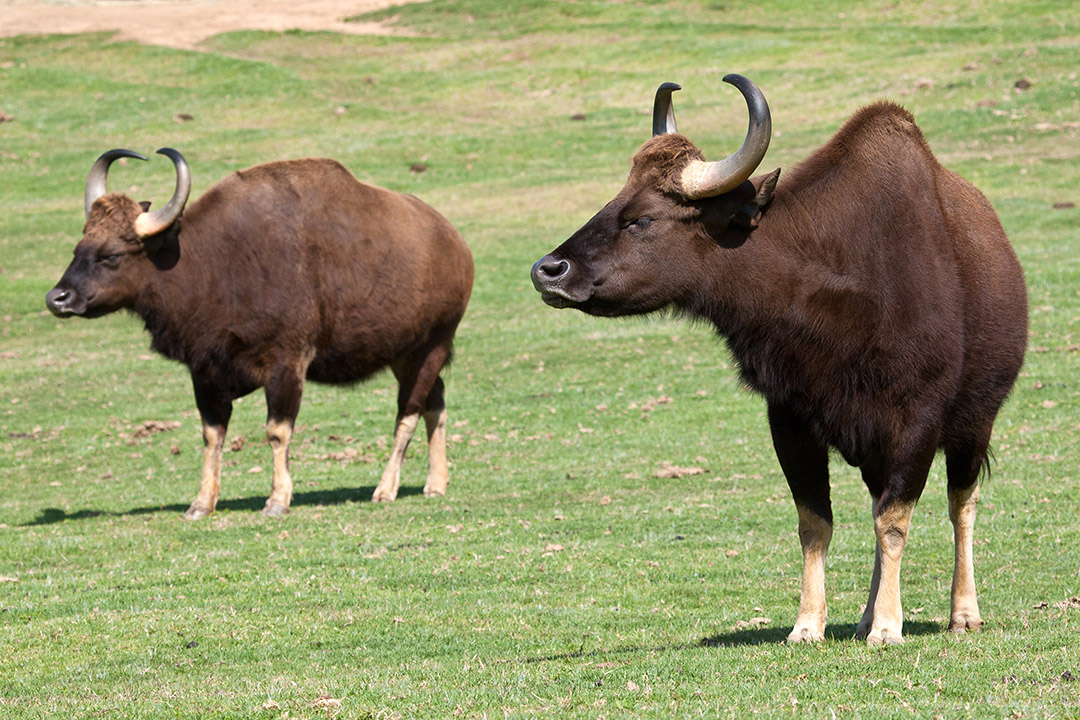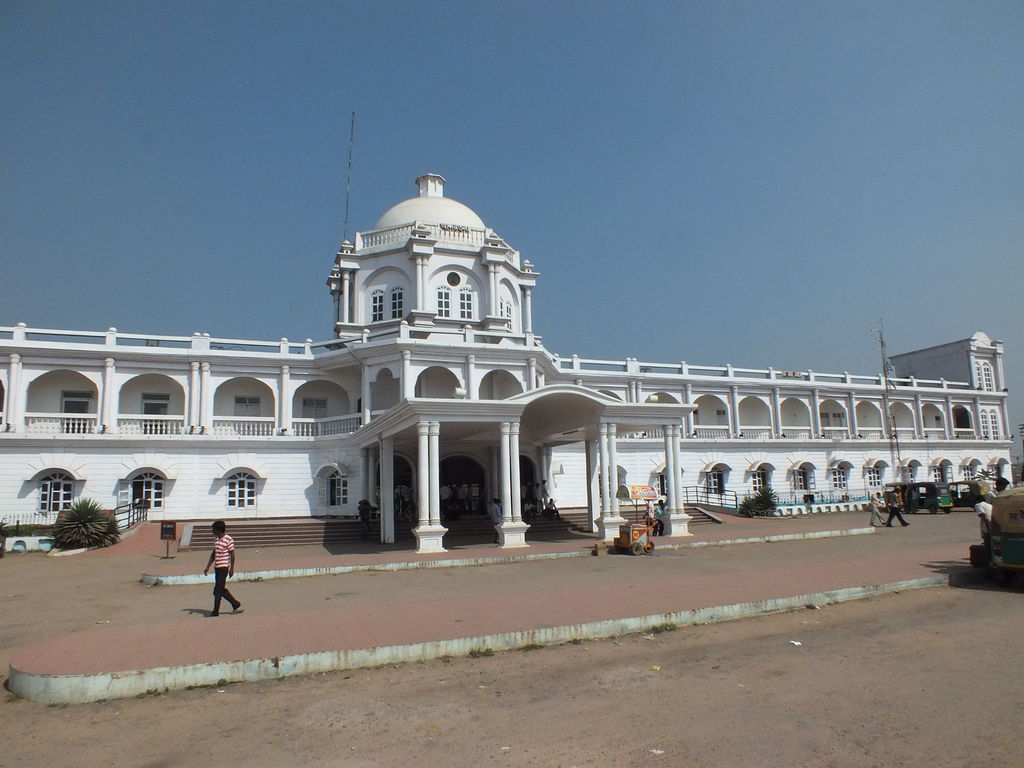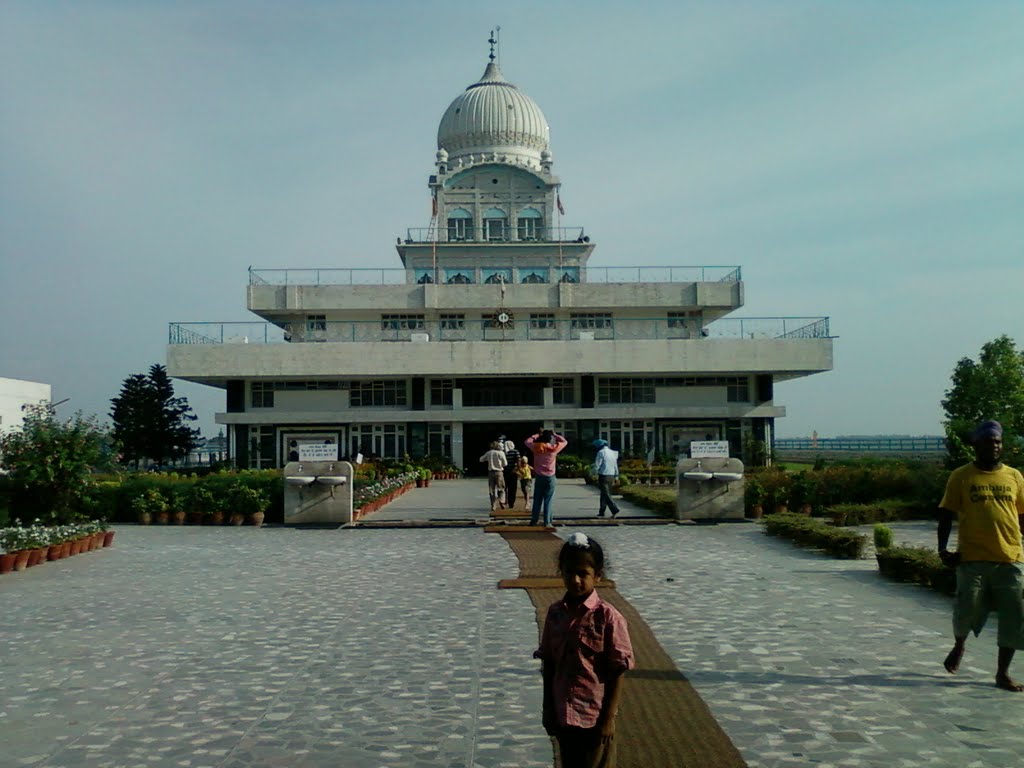
Ropar Tourism and Travel Guide
History
On the banks of the Sutlej river, at the point where the river emerges from the Siwalik hills in to the plains of the Punjab, there is a town called Ropar or Rupnagar. The
modern town is itself situated on a mound, and there are two other mounds near it. Excavations at these two mounds have shown that Ropar is a very old and important archaeological site. The earliest settlement here belonged to the Harappan civilization and the latest one belonged to the medieval period. This site was inhabited from about 2100 B.C. to 1700 A.D. This means that it tells us the story of the different people who lived here over almost 4000 years! Archaeologists have divided the discoveries at Ropar into seven periods or phases. Period I is when the first settlement appeared at the site and period VII belongs to the medieval period.
Ropar was the first site of the Harappan civilization to be excavated in India after our country became independent (the other sites which had been excavated so far were in Pakistan). The typical red Harappan pottery with black designs was found here. So were the typical stone blades and copper and bronze objects such as spearheads, arrowheads and razor blades. Other items included beads and bangles made of faience, triangular terracotta cakes (we’re not sure what these were for, but they certainly weren’t eaten!), and stone weights made out of chert. A
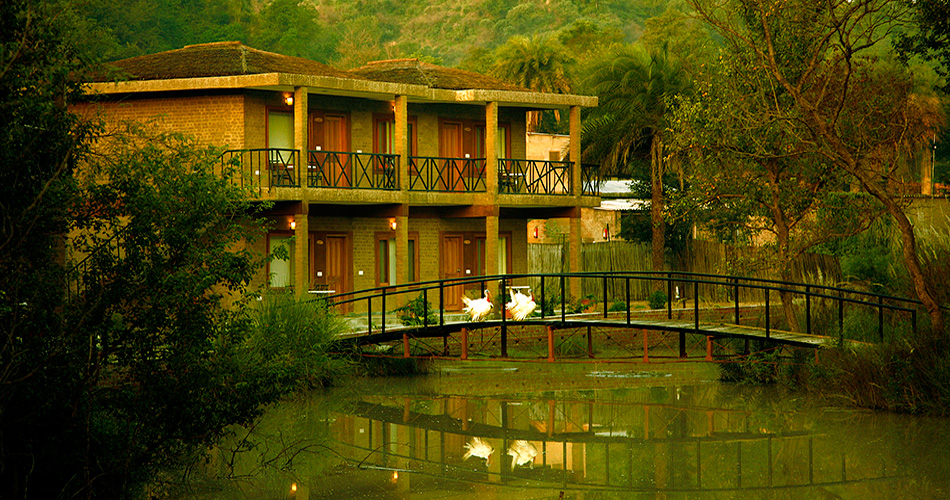
seal and some of the pottery had the Harappan writing on it.
Because archaeologists excavated only a small area of the Harappan town at Ropar, we do not know how the buildings and streets were arranged. Some remains of houses were found, and these were made of stone and brick. Some of the bricks were baked in kilns. A cemetery of this period was also found. Most of the graves had grave goods like pots buried with the body. One of the graves had two levels-the skeleton of dog was found at the lower level and that of a man at a higher level. The dog was probably the man’s pet. Many animals’ bones were found.
These included the bones of dogs, rats, elephants, humped cattle, buffaloes, goats, sheep and pigs. The bones show that the people who lived here domesticated various animals. This settlement of period I was abandoned in about 1400 B.C. We don’t know why this happened.
Yes, it is. Scientists carefully study the bones and seeds found in excavations. They can often figure out which kind of animal the bones belonged to. This is not always easy. For Examples, while it is easy to tell the difference between horse bones and elephant bones, it is not as easy to tell the difference between the bones of sheep and goats, or between those of different kinds of deer. The bone structure of wild and domesticated animals is
different, so scientists can often tell the whether the bones found at a site belonged to wild or domesticated animals. They can do the same thing with plant seeds or grains, because there are differences in the shape, size and cell patterns of the seeds of wild and cultivated varieties of plants.
Ropar was re-occupied many centuries later, in about 1000 B.C.. In this second phase (which archaeologists call Period II), people used a special, very fine type of pottery known as Painted Grey Ware (PGW foe short). Plates, bowls and a water pot of this type were found. This pottery was probably used by well-to-do people on special occasions, just as in our homes we often have special crockery that we take out and use when we invite guests. For cooking, storing, and every-day use, ordinary pots and utensils (red, black, or grey in color) were used. People lived in mud houses. They used copper tools and implements, but they were also beginning to learn the advantages of iron. They wore ornaments like bangles made of clay and glass. Beads were made of baked clay and semi-precious stones. Lots of animal bones were found in Period II at Ropar. These included bones of the partridge, rat, and spotted deer, and those of domesticated animals such as dog, ass, humped cattle, buffalo, goat, sheep and pig. The dates given for Period II are c. 1000-600 B.C..
The third phase (Period III, c. 600-200 B.C.) in the history of Ropar saw many changes in the way of life of the people. The settlement was becoming a prosperous town once again. A new kind of shiny black pottery became fashionable. Archaeologists call it Northern Black Polished Ware (NBP for short). Like the PGW of the early period, the NBP pottery was a special pottery used on special occasions. Archaeologists found that people repaired broken NBP pots by using copper wire. Clearly, it was too precious to simply throw away. There were other kinds of ordinary pottery, mostly red or grey in color, for every-day use. People lived in houses made out of stone and brick. A reservoir of this period is used for storing water was found. Soak pits (pits filled with stone and mud into which waste water was drained) were found. Archaeologists also found the remains of a bead-maker’s workshop.
The people of Period III used many kinds of copper objects-from small items like nails and pins to bigger ones like utensils. Many artifacts made of iron were also found, showing that

this metal was now being used in a big way. Clay models of carts, animals, birds and humans were discovered. Most of these must have been toys with which small children played. More sophisticated items included carved ivory combs and hair-pins. There is also an ivory seal with the name of someone (perhaps a trader) in the ancient Brahmi writing. Coins made of copper and silver were also used. Trade seems to have been picking up.
The earliest settlement at Ropar can be described as a town. In Period II, the town declined. In Period III, we again see a town emerging here for a second time. How do we explain the coming up of a town, its decline, and then the reappearance of city life at sites such as Ropar? Archaeologists and historians are still trying to figure out the explanation. But the history of Ropar does not end here. With some breaks, people continued to live here till the medieval period.
How to Reach: Ropar is connected by train to Delhi and Una via Nangal by Himachal Express.
There is vast network of bus services of Punjab, Himachal, Delhi, Haryana, Pepsu, Chandigarh, U.P., J&K, Rajasthan State Roadways, apart from private operators. Important destinations include Delhi, Shimla, Chandigarh, Dehradun, Rishikesh, Kulu, Manali, Dharmshala, Jammu, Naina Devi and Vaishno Devi.
Distance From:
Chandigarh 42 Kms.
New Delhi 290 Kms
Hotels In Ropar
The Kikar Lodge Roper
History of Amritsar

